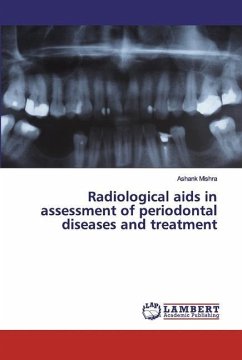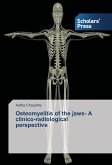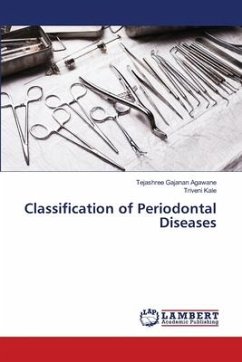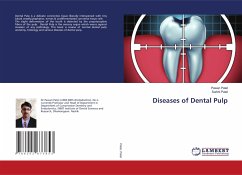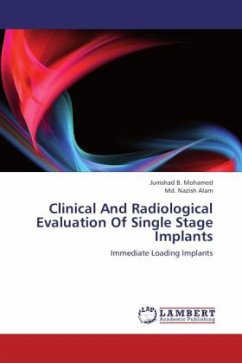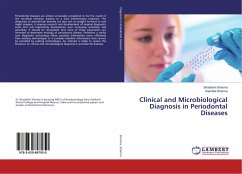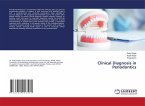Radiographs are used to obtain visual image of bone around tooth and are most commonly used clinical aids to diagnose periodontal disease, patient prognosis and evaluation of treatment outcome. However, they are not substitute for clinical examination but they are only adjunct to clinical diagnosis. Radiographs have become an essential tool to diagnose periodontal progression. The flexibility associated with radiography does not come without cost. The use of radiographic imaging as an aid in diagnosis and treatment of periodontal diseases is widely accepted. Its main purpose is to assess level of alveolar bone including the pattern and extent of bone resorption. Radiographs can provide critical information for diagnosis and treatment planning, which can also serve as the baseline information for assessment of treatment outcomes. Decision to prescribe any radiographs is based on cost - benefit analysis. Decision to use radiographs is sometimes made solely for the purpose of collecting diagnostic information.
Bitte wählen Sie Ihr Anliegen aus.
Rechnungen
Retourenschein anfordern
Bestellstatus
Storno

